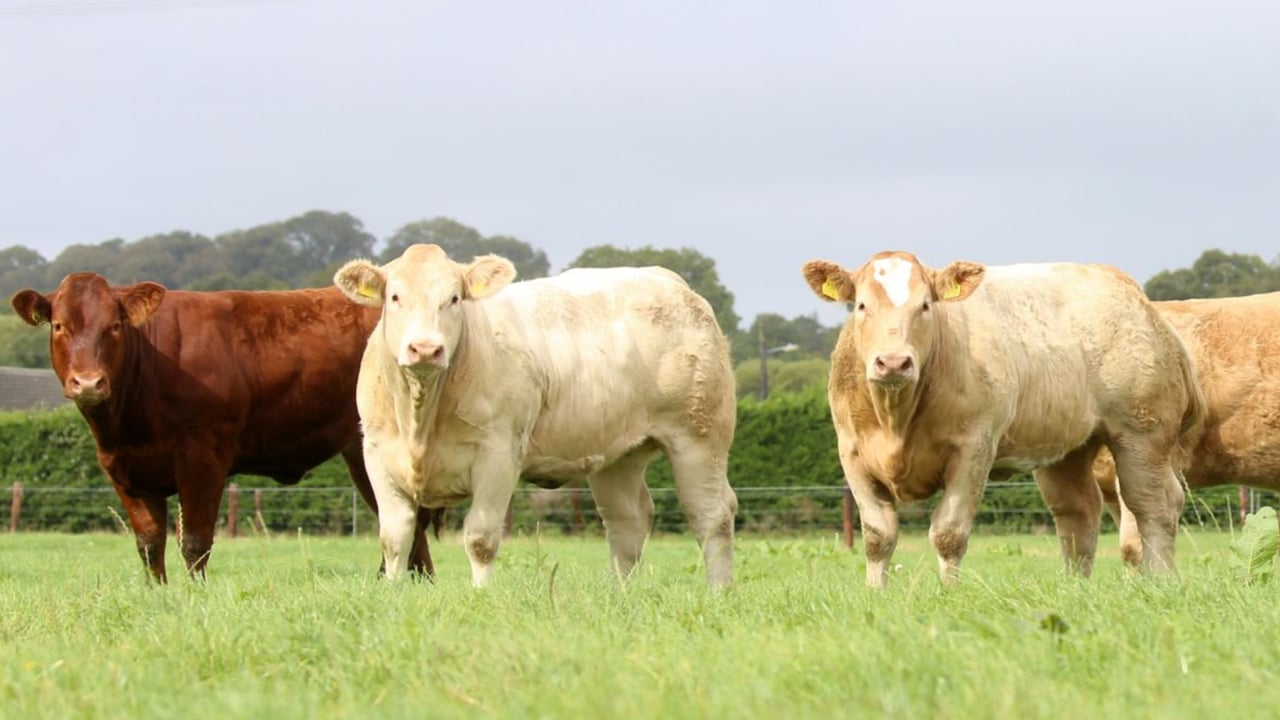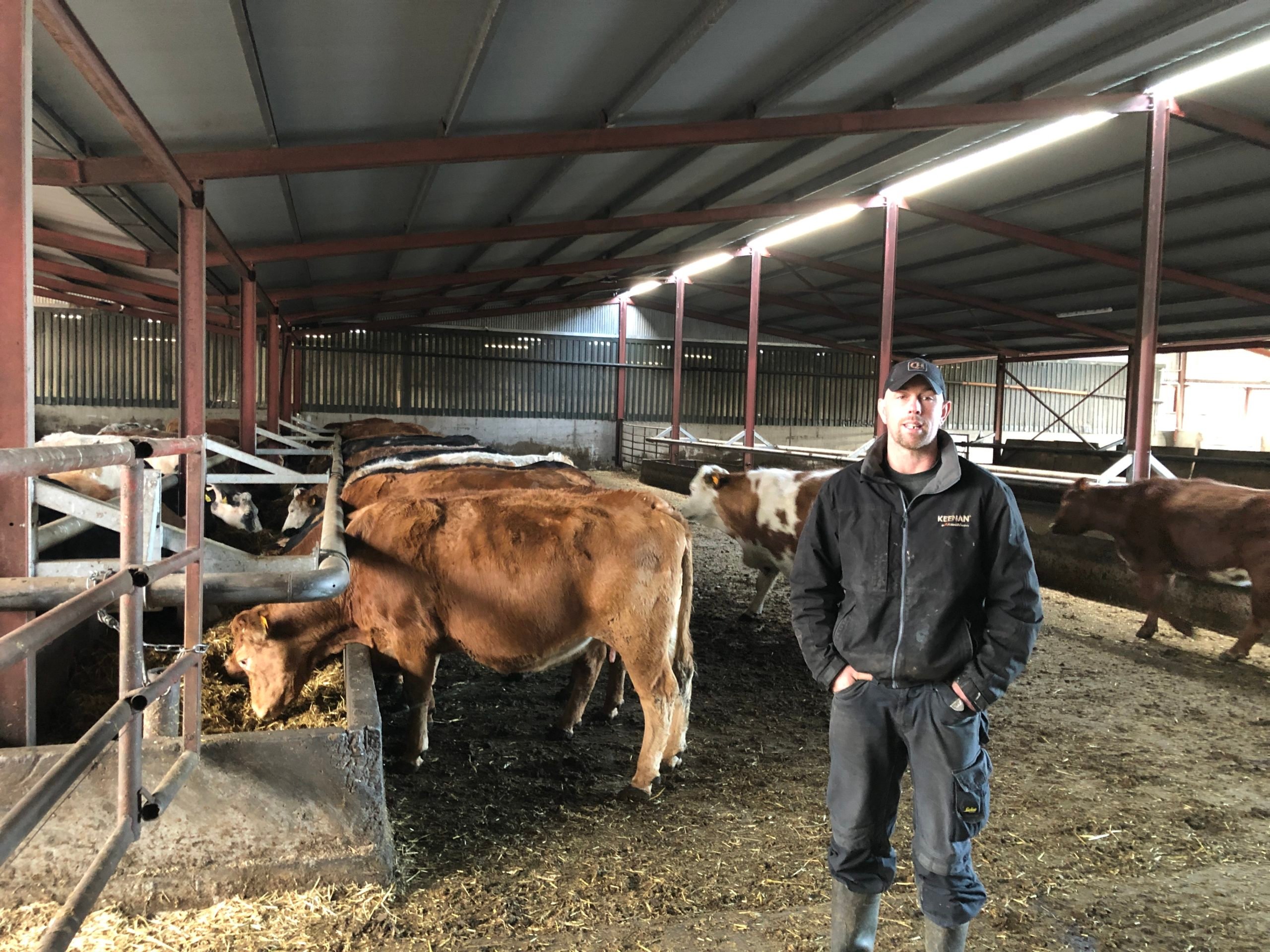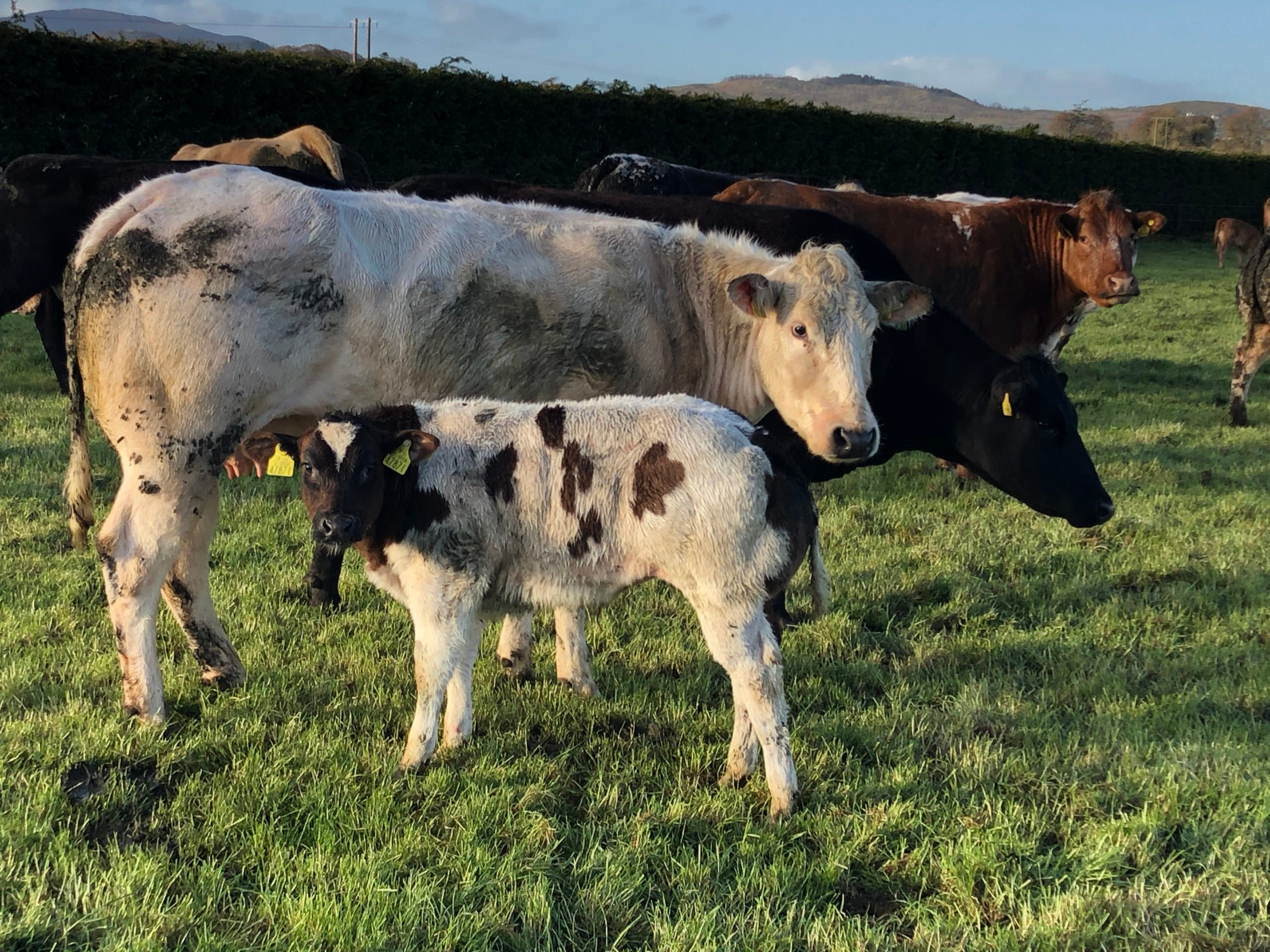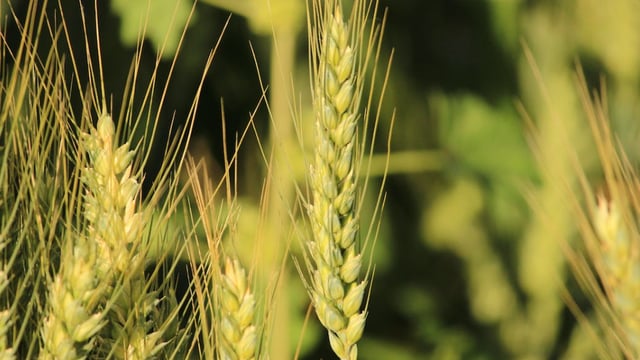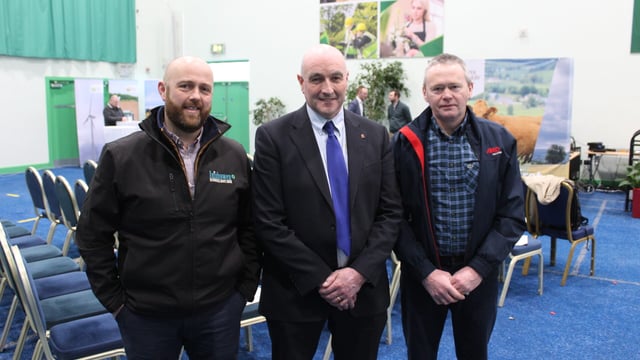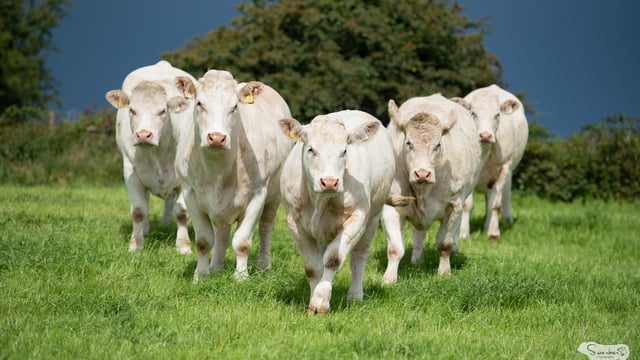Sponsored Article

Sponsored Article
Ireland's largest suckler farm saves €50/ac using organic fertiliser
Sponsored Article

John Kingham is the farm manager of Ireland’s largest suckler enterprise, Tateetra and Rathmore Farms, which spans across counties Louth and Meath.
John and his team of staff took the reins of the operation in September 2017 and have grown the herd, which consists of Simmental, Limousin and Belgian Blue genetics, to over 500 head.
The 200-cow autumn-calving herd normally commences calving during the last week of September or the first week of October, while the 300-cow spring-calving herd starts calving in January.
John plans to move towards a primarily autumn-calving herd and is aiming for 80% of cows calving in the autumn and 20% calving in the spring.
Last year, when fertiliser costs began to rise, John was concerned about the amount of money he would have to spend to achieve adequate grass growth to feed his herd.
A friend of Johns told him about Supersoil, a 100% organic fertiliser, that yields excellent results at a reduced cost. What interested John the most about Supersoil was its cost and performance.
"My first rotation of grass only cost me about €30/ac, whereas with fertiliser you could be spending about €80/ac, so you're saving about €50/ac," he said.
"It's a lot of money for me to save. I was like everybody; I was sceptical about it; I didn't know if it'd work or not.
"The biggest thing in Irish agriculture is making change happen. Suckler farmers have cut back so much, soon there won't be anything left.
"I think Supersoil will be a massive help in getting agriculture on track to reducing emissions because it means that we'll be using a lot less chemical fertiliser than we are currently using," he said.
John has been using Supersoil since the beginning of 2022 and has seen a huge physical and visual improvement in his sward.
"You have to build up the microbes in the ground. The more microbes you get in the ground, the better your soil will get and the less fertiliser you'll need to use," he said.
"I have a lot of stock to feed and we still got all the silage and fodder for the year in. I couldn't believe it," said John.
While Supersoil has worked wonders for John, he warns others that they need to make sure that their land is properly maintained to see its optimum benefits.
"One farmer had said to me that he applied it three weeks ago and hadn't seen any results. I asked him about what way his land was, if he limed it, if he applied slurry," he said,
"I apply slurry along with Supersoil on the paddocks in the summer. I don't apply slurry in January anymore but I save it for the summer months instead and I get more use out of it that way.
"It got nothing else only Supersoil and it's looking very well. This time last year there would've been a yellow tinge in the grass but it's really green."
Since using Supersoil, John has noticed a change in his cattle's behaviour. They're more content when consuming the sward treated with Supersoil rather than chemical fertiliser, he said.
"My cattle are more happier on the Supersoil grass. When you'd get down to a certain point on the grass you'd hear all the cows roaring and wanting to be moved, but now they seem to be more content in the field," the farm manager explained.
The suckler farmer is looking forward to using Supersoil in the year ahead and encourages farmers considering trying the product to make a purchase.
"I would definitely recommend Supersoil. I have seen a massive saving in my fertiliser bill.
"When your making savings and helping the environment, it's a win-win situation," said John.
For further information on Supersoil, click here.
Sponsored Article


